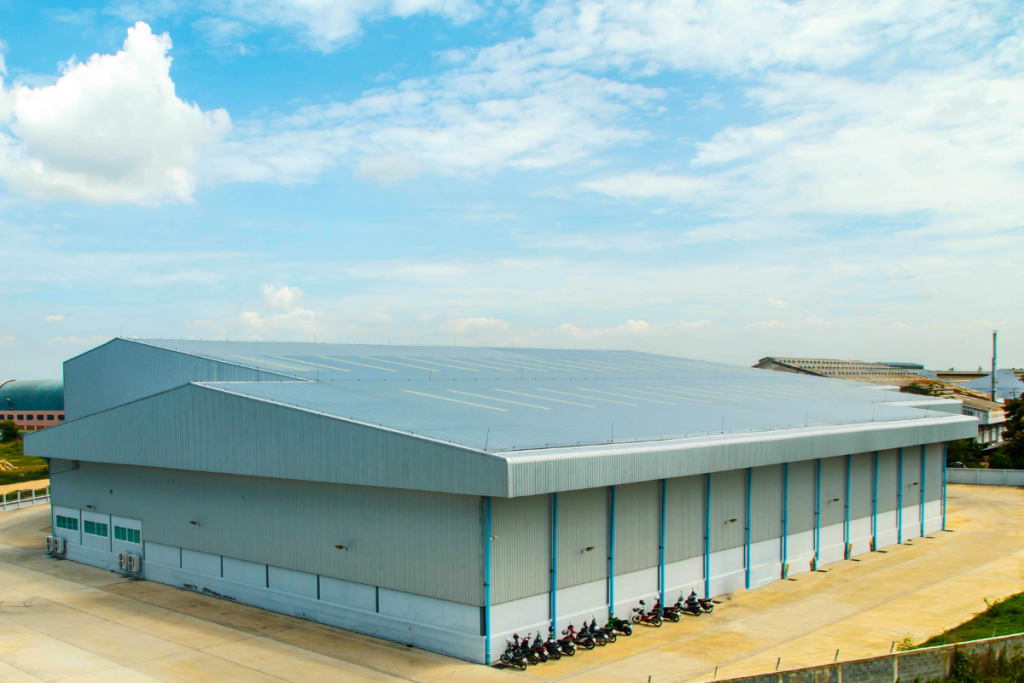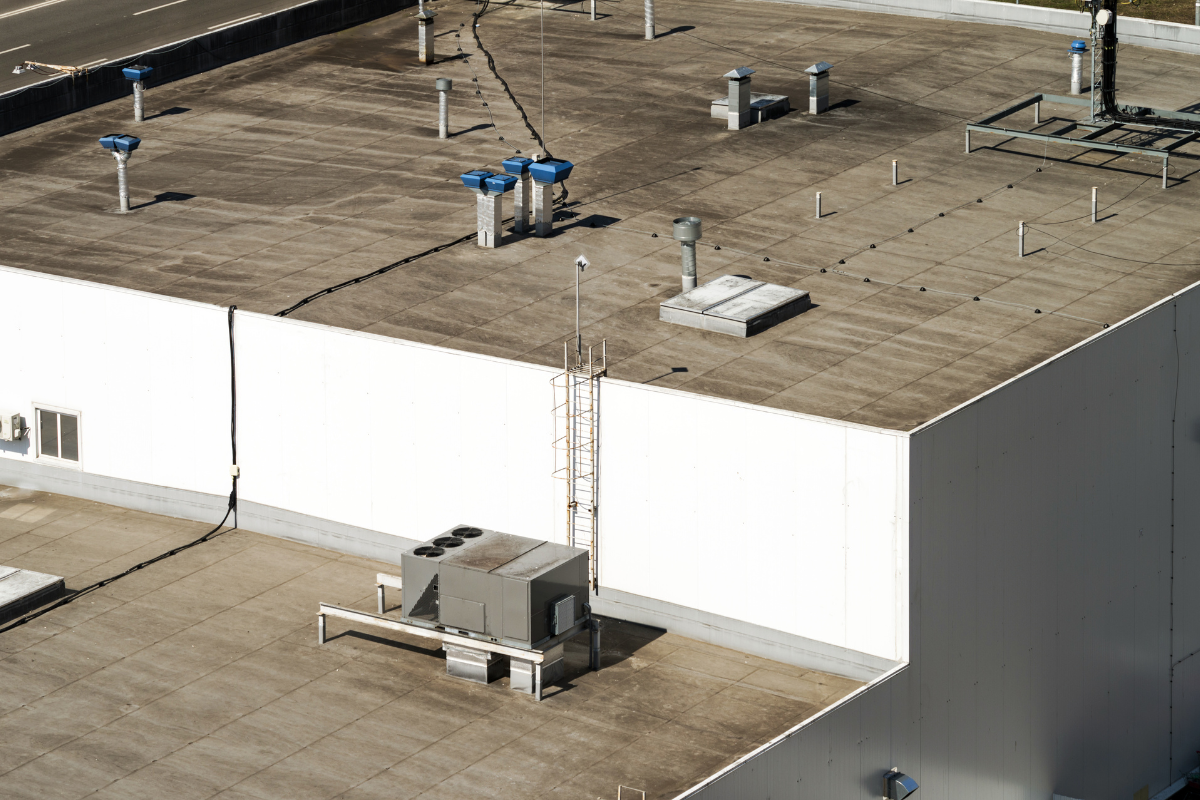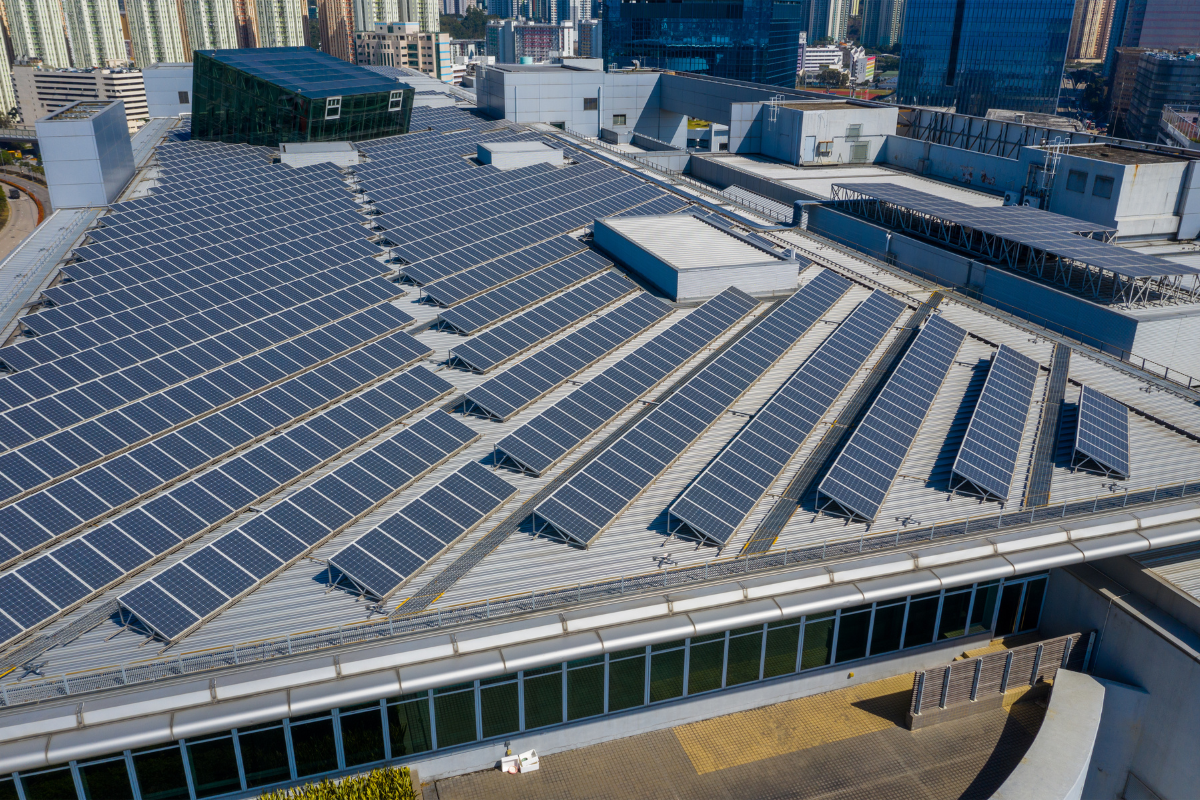Commercial Roofing Options You Should Check Out

In commercial roofing, one thing you should know is that there are lots of options for you to consider. These roofing systems serve as the safeguard for your buildings, shielding them from the relentless forces of nature.
The choice of which roofing system to install isn’t a mere formality for building owners. Instead, it carries significance for various aspects such as durability, safety, long-term maintenance costs, energy consumption, and even the resale value of a property.
So, take a look at this extensive guide and you’ll be pleased to learn about the best options to help you make informed decisions tailored to your specific needs.

5 Roofing Systems for Your Commercial Building
- Flat Roofs
Flat roofs are almost perfectly horizontal, which makes them the go-to choice for commercial buildings with rooftop equipment or even gardens.
With flat roofs, there are several options such as built-up roofing (BUR) and modified bitumen roofing. BUR is made of multiple layers of asphalt or coal tar to implement waterproofing and durability.
Meanwhile, modified bitumen roofing is a variation with added polymer modifiers. Think of it as the superhero version of BUR, offering enhanced flexibility and strength.
BUR excels where heavy foot traffic or potential mechanical damage is a concern, while Modified Bitumen stands strong against extreme temperatures and relentless UV rays. These options are the stalwarts of commercial roofing, ensuring the longevity and reliability crucial for various business endeavors.
2. Low-Sloped Roofs
Now, let’s talk about low-sloped roofs, where the pitch ranges from 1:12 to 4:12. These roofs boast a single-ply membrane that’s tough, with excellent chemical resistance, watertight seal, and efficient water runoff.
Another single-ply option is TPO roofing, which reflects UV rays like a pro, enhancing energy efficiency. These roofing choices are the darlings of buildings where minimal slope, efficient water management, and thermal insulation are essential.
3. Pitched Roofs
Another option is pitched roofing systems, which are known for their steeper slopes, exceeding a 4:12 pitch ratio. If you like how pointed buildings look, then you will like this option as it comes with natural drainage and extra attic space.
Metal roofing is your best choice because it offers excellent durability and weather resistance thanks to materials like steel, aluminum, and copper. On the other hand, you can choose shingle roofing, which provides a plethora of design choices, from asphalt to wood to composite options.
Choosing between metal and shingle roofing often boils down to aesthetics, budget considerations, and your local climate.
4. Green Roofs
Imagine this: commercial buildings serving as eco-friendly oases with the help of green roofs. These environmentally friendly havens involve cultivating vegetation on rooftops, offering numerous advantages. Intensive green roofs support various plants, including shrubs and trees, creating serene green spaces for relaxation.
What you should know is that extensive green roofs feature lighter soil layers and are easier to maintain, making them ideal for managing stormwater and providing insulation benefits.
Both types mitigate urban heat island effects, enhance air quality, and offer natural insulation, leading to reduced energy consumption. As we venture further into the realm of green roofs, you’ll uncover how they can transform commercial buildings into sustainable and eco-friendly spaces.

5. Photovoltaic (PV) Solar Panels
Aside from green roofs, another sustainable option is PV solar panels. These remarkable devices harness sunlight to produce electricity using thin-film solar panels. Because they use a thin film technology, they are suitable for commercial buildings as they are light and flexible.
The Takeaway
Choosing the right commercial roofing system is an essential decision for building owners. Each option has its unique strengths, catering to diverse needs. Make sure your choice aligns with your building’s requirements and your vision for a secure and efficient structure, and with a professional roofer, you are good to go.
